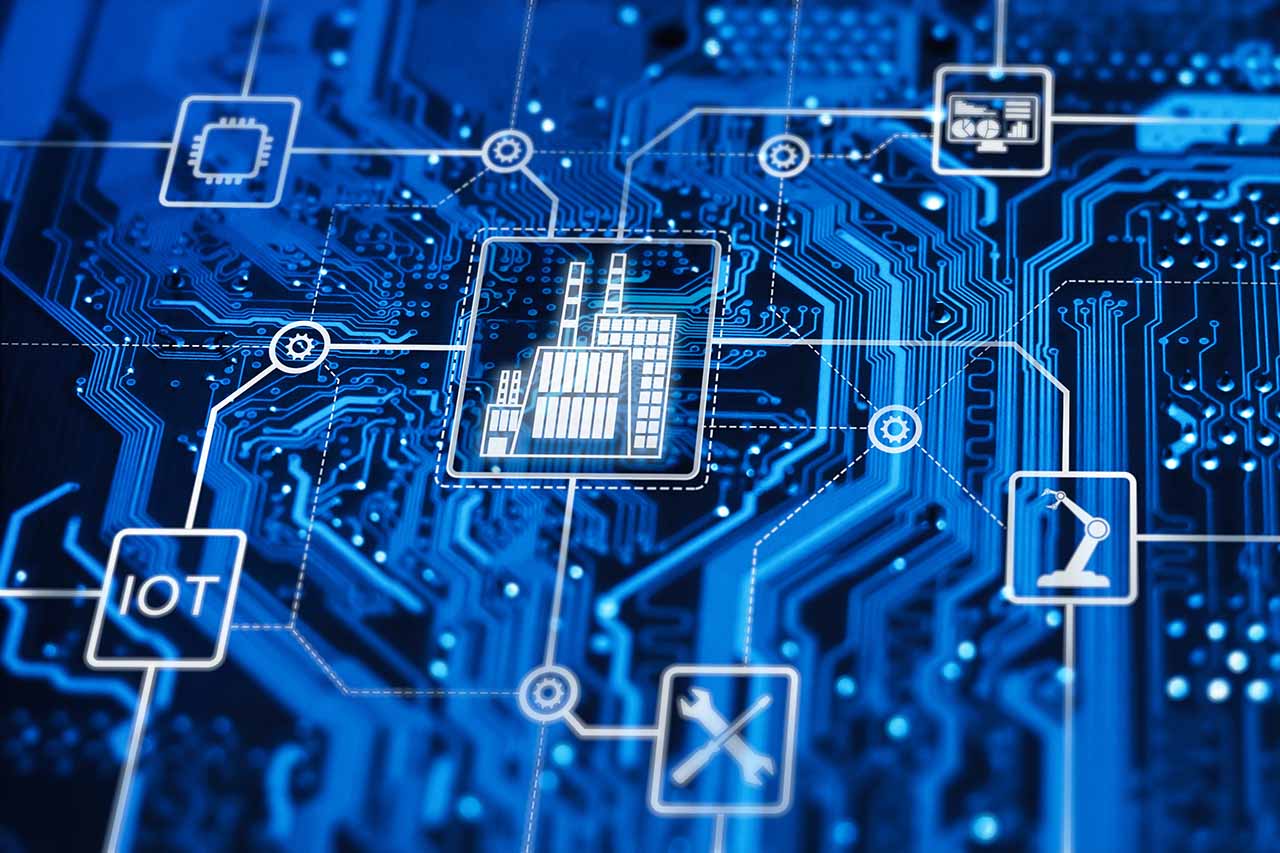This blog post is the first part of a three-part series discussing The Rise of the AI-enabled, Distributed SOC . The series is based on the roundtable discussion between Brian Cotton (SVP of Global Advisory Services at Frost & Sullivan), Lucas Ferreyra (Senior Cybersecurity Industry Analyst at Frost & Sullivan), Dean De Beer (Cofounder & CTO at Command Zero), Alfred Huger (Cofounder & CPO at Command Zero) and Erdem Menges (VP of Product Marketing at Command Zero). You can watch the full recording here. (video, 34 minutes)
Part I: The Inflection Point – Why Traditional SOCs Must Evolve
“ The chronic talent shortage is always there. The SOC is a stressful place to work. The work is intense, repetitive, high stress. Not only is it hard to attract talent, it’s hard to retain talent. So, what’s going on in the SOC, well as what’s happening around it, I think that’s pushing us to an inflection point. Something needs to change. “ – Brian Cotton, Frost & Sullivan
The cybersecurity landscape has reached a critical juncture. After years of incremental improvements, we’re witnessing a fundamental transformation that will reshape how organizations defend against sophisticated threats.
The Perfect Storm of Challenges
Our recent industry discussion reveals converging pressures that make traditional Security Operations Centers unsustainable. The modern threat landscape presents growing complexity where consequences have become exponentially more dire as organizations rely on interconnected IoT devices, operational technology, and IT systems for virtually every business process.
The Talent Crisis: Organizations compete for a shrinking pool of cybersecurity analysts while facing increasingly complex threats. The SOC environment creates a perfect storm of high stress, intensive workloads, and repetitive tasks that not only makes talent attraction difficult but exacerbates retention challenges across the industry.
Exponential Threat Complexity: Modern enterprises operate in hybrid cloud, multi-cloud environments with endpoint, network, mobile, and email systems requiring protection. Geopolitical tensions from Ukraine to the Middle East fuel nation-state attacks, with organizations often caught in the crossfire of international conflicts they have no control over.
AI-Powered Adversaries: Adversarial AI now targets everything from prompt injection to sophisticated phishing campaigns, with threat actors leveraging artificial intelligence to generate malicious code at unprecedented scale. The proliferation extends beyond technical attacks—we’re observing AI-generated content infiltrating even recruitment processes with fabricated resumes becoming commonplace.
“Whenever our industry experiences new changes in technology, the balance of advantage generally goes to the attacker, at least initially. They’re unencumbered by budget. They’re unencumbered by change within an org. They can simply take things to school and make them work. Given that’s the case, we have to understand that inside the SOC, they already live in an asymmetric environment that’s deeply uncomfortable and unfair. It’s going to get a great deal more so with AI. Without leveraging AI in their environment, their ability to keep up and do a credible job defending is going to be seriously impaired.” Alfred Huger, Command Zero
The Evolution of SOC Processes: From Manual to Collaborative
Most businesses launching today are inherently digital-first enterprises, and for these organizations, any cybersecurity threat represents an existential risk rather than merely operational disruption. This fundamental shift in business architecture demands equally transformative security approaches that match the stakes involved.
Traditional SOC models evolved from centralized, tiered structures with manual, queue-driven workflows toward what industry experts now term the “collaborative SOC.” This evolution represents teams leveraging AI for triage, investigation, and automation while maintaining human oversight for complex decision-making.
The transformation extends beyond current collaborative models toward distributed security operations where analyst roles fundamentally shift. Rather than reactive ticket processing, security professionals become architects of automated response systems, designing agent behaviors across organizations and departments while managing sophisticated, organization-specific threats that require human intuition and contextual understanding.
Strategic Insight: The transformation timeline is accelerating. As Dean De Beer notes, “…not next year, but maybe next week, we’ll see this conversation on AI being quickly outdated.”
Technology advancement cycles have compressed dramatically, with innovations that previously required years now emerging within months. The pace has become so rapid that strategic conversations risk obsolescence within weeks rather than annual cycles.
The traditional centralized model cannot scale to meet these demands. Organizations recognizing this shift position themselves for competitive advantage, while those maintaining legacy approaches risk irreversible strategic disadvantage in an environment where AI adoption cycles move faster than traditional internet-era transformations.
“ There’s always been a lot of hype around AI. Machine learning models have been embedded into cybersecurity solutions for a long time now. We’re talking about ingesting data and correlating it and determining if, if there’s something strange going on due to all of those signals. And it’s an essential component of many cybersecurity solutions. But when we’re talking about AI agents, there’s this talk of, how much is it going to revolutionize it?” Lucas Ferreyra, Frost & Sullivan
Part II: Trust, Transparency, and the Human-AI Partnership covers how the evolution towards an AI-powered Security Operations Center requires a fundamental shift in cybersecurity decision-making, with trust emerging as the critical success factor.




